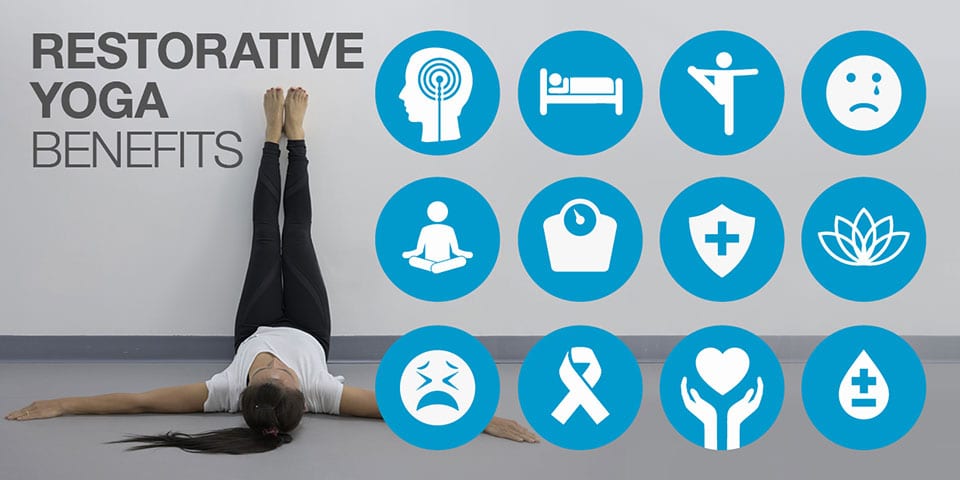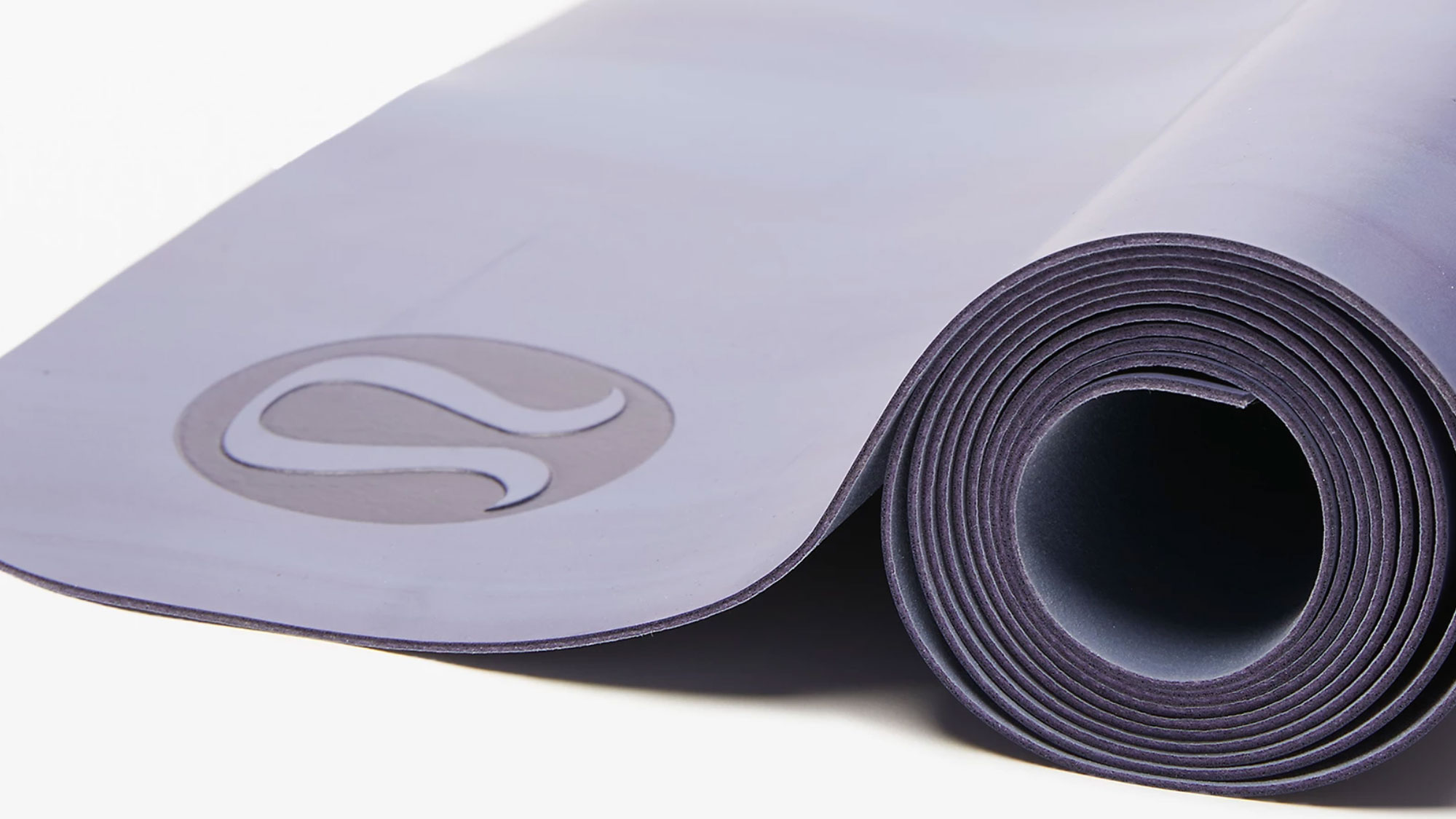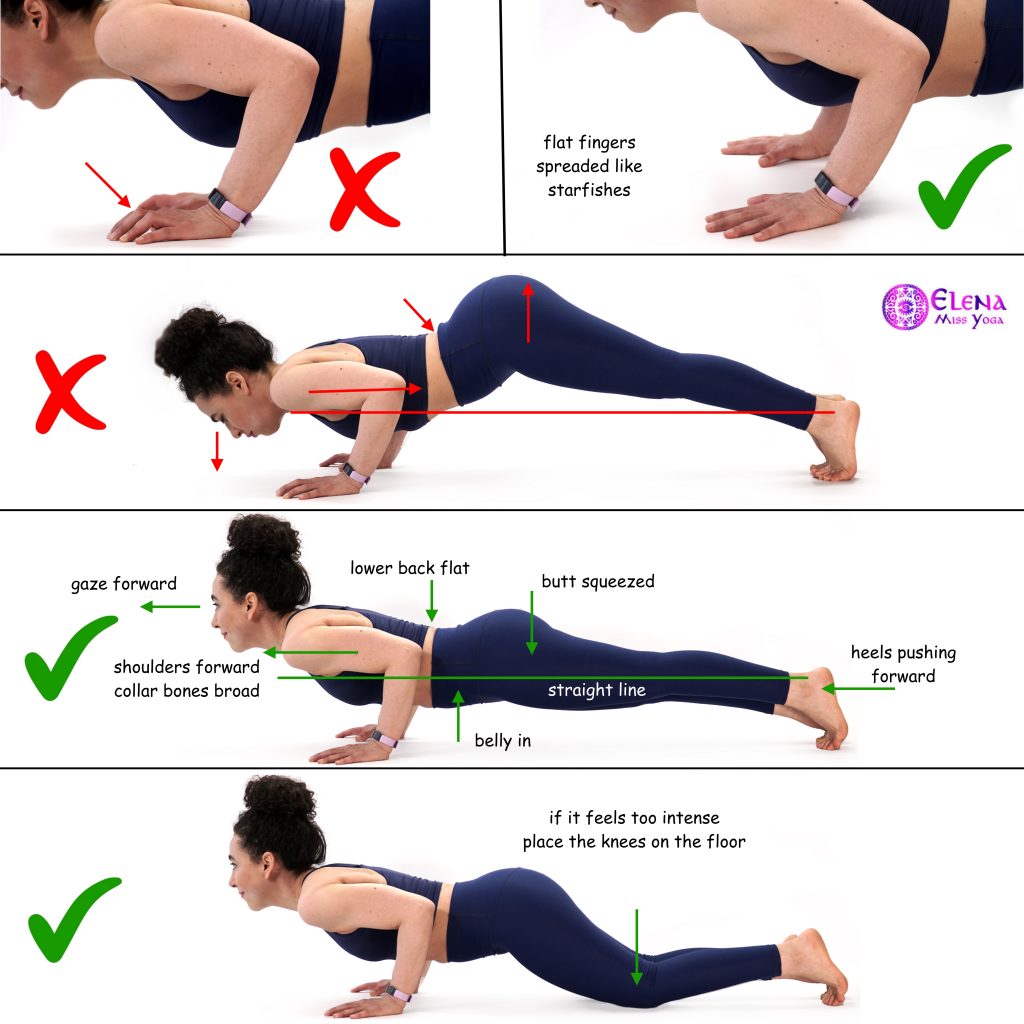
Practicing yoga during the third trimester of pregnancy can help prepare your body for labor and reduce the risk of complications in the pregnancy. It can also help you improve your physical and psychological health, such as circulation and posture. Before beginning any exercise program, it is important to consult with your healthcare provider. Avoid inversions and backbends if you have concerns. Avoid breathing techniques that produce hyperventilation. It is important to pay attention and be aware of your body's symptoms. These include dizziness, pain around your back or pelvis and cramping in the legs and abdomen.
Your pregnancy is putting pressure on your pelvic floor, which can cause a variety of uncomfortable symptoms. Yoga can ease pressure and help you relax in labor. Yoga can increase blood flow to the mother and fetus. Yoga may lower the chances of having a Cesarean birth or causing pregnancy-induced hypotension.

An analysis of women in their second and third trimesters showed that yoga practice led to less pain and inductions in the final weeks of their pregnancies. These women felt more confident about giving birth to their babies. Avoid intense yoga, especially during the second and third trimesters. Instead, concentrate on gentle poses and breathing techniques. Once you have been cleared by your healthcare provider, you can begin practicing yoga.
Yoga is a gentle and meditative practice that can be used to help you get started. Once you feel more comfortable, you might try modifications of the most popular yoga poses such as the standing forward bent and the squat. To give you additional support, consider placing blocks or blankets underneath your outer thighs.
Aside from reducing back and pelvic pain, prenatal yoga can also improve your posture and blood circulation. Meditation techniques can also be used during labor to alleviate pain and reduce the risk of complications. You can also reduce pain using breathing techniques such Bhramari Pranayama. You might also consider prenatal yoga, which can help to stretch your muscles and prepare you for labor.
To relieve hip pain, you can also do squat yoga poses. This simple pose targets the pelvis as well as your hips. You can perform it on a yoga mat, a chair or even a stool. To ease hip pain, you can also use water. A savasana can be done to relax and improve blood circulation. Savasana, which is great for relaxing the spine can help with digestion and reduce strain.

Hip opening postures can be used to improve blood circulation during the third trimester. These positions can open your pelvis and reduce pressure on sacroiliac. They also improve blood flow to the mother and baby. To help your pelvic floor, you can also do bridge rolls in yoga.
FAQ
How much yoga is too much?
It is important to understand that yoga is not a form of sport. There are no limits to the number of times you should practice before you feel tired. Instead, try to enjoy the experience by taking it slowly and enjoying every moment.
It's okay to fall off the wagon every now and again. The next chance you have, you can pick up from where you left off.
Beginners to yoga should start with short sessions lasting 10 to 15 minutes. From there, you can work your way up.
How does yoga work?
Yoga is about alignment, breath control meditation, stillness and mindfulness. When practiced correctly, it creates a feeling of peace and calms within the practitioner.
Your body should be warmed up before you begin any yoga class. For example, you could start with forwarding bends. These moves loosen tight muscles and prepare you for deeper poses.
Next comes the balancing pose called "standing." Next, stand straight up with your feet and your arms extended. Then, look down towards the ground. Your body should feel stable, centered, and balanced.
Next, you need to get into deep stretching postures. To do these poses, lie face-up on a flat surface and lift your legs. You can keep your balance by holding onto something sturdy to stop you falling. If you don't have anything to grab onto, rest your hands on the ground beside you.
After doing all these poses, you will move into a series of standing poses. These include the mountain pose, warrior pose, downward facing dog, upward facing dog, plank pose, and final pose.
It is important that you breathe deeply and slowly while doing yoga. Deep breathing helps to calm the mind and cleanses your lungs. Focusing on your exhales and inhales can help you do this. Try counting every time your take a deep breath.
Even while cooking, you can do yoga anywhere! Follow the same steps, except that you should sit up instead of lying down.
Yoga can be done in 10 minutes a day, if that is all you have. Yoga can be beneficial for anyone, regardless of age.
Are there any yoga classes for people with special needs?
Yes, some yoga studios offer special classes for people with disabilities. These include:
-
People with disabilities that are physically challenged who wish to improve the quality of their posture
-
People with limited mobility
-
Individuals with arthritis
-
Patients who are recovering after injuries
-
The elderly
These classes are for anyone you know who would benefit.
Statistics
- According to the Agency for Healthcare Research and Quality, falls are incredibly common among older adults in nursing facilities. Even the simplest ones can increase the risk of death (24). (healthline.com)
- Lock in 25% off your Founding Member rate. (corepoweryoga.com)
- A 2020 review of 27 studies (1,805 total participants) of yoga interventions in children or adolescents found reductions in anxiety or depression in 70 percent of the studies, with more promising results for anxiety. (nccih.nih.gov)
- About one in seven U.S. adults practiced yoga in the past 12 months, according to a 2017 national survey. (nccih.nih.gov)
- Gentle yoga has been shown to ease some of the discomforts of tender, swollen joints for people with arthritis, according to a Johns Hopkins review of 11 recent studies. (hopkinsmedicine.org)
External Links
How To
Yoga is a good way of losing weight.
To answer this question you must first understand what yoga means. Yoga is an ancient form or exercise that originated in India. It was developed by Indian yogis interested in achieving physical fitness and spiritual enlightenment.
Yoga emphasizes stretching and strengthening the muscles and relaxing the mind and body. It is aimed at achieving a state where one is completely relaxed and free from anxiety and stress. You can achieve this by meditation and breathing techniques.
Yoga involves many postures, or poses. These are meant to stretch and strengthen certain muscle groups. These poses are typically held for several seconds at a time. These poses may include rhythmic movements like slow walking, jumping or moving through the mud.
The goal of yoga not to burn calories, but to increase energy is the main objective. Most people who practice yoga are able to maintain a healthy body weight.
You'll feel more relaxed when you start yoga. Your moods will improve, and you'll sleep better.
Your skin will glow and you'll appear younger.
Yoga can help people lower their blood pressure.
Studies have also shown that yoga can reduce depression symptoms.
Yoga does not work in the same way that other forms of exercise. It increases the oxygen flow in the body. This allows the brain to relax and release endorphins which trigger feelings of happiness and pleasure.
It is important to note that weight loss may be a problem for some people because of their genes. Yoga may not be the best option for you if you are one of these people.